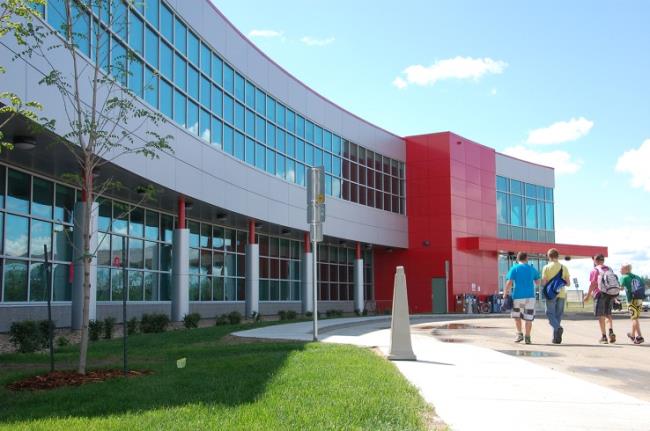The City of Grande Prairie is changing the way it helps low-income families get access to recreation. City council voted Tuesday night to switch from a credit system to a subsidy.
Since 2014, residents who qualify for the Low Income Recreation program have gotten a $300 credit to use at recreational facilities run by the city. However, only half of the credits given out have been used over the past three years, which creates problems for the program’s budget and that of the Eastlink Centre.
Moving forward, the new Recreation Access Program will instead give qualifying residents a 75 per cent discount on admission passes and memberships. Eastlink Centre General Manager Jim Weller hopes the change will mean the program is better used.
“We felt that there needed to be some sort of commitment because people don’t necessarily look at free as being something that they value. We felt that we needed to put a value to it, and if there’s a value to it people appreciate it more and will use it more.”
Weller says other municipalities have seen success using a similar cost-sharing program. It’s expected the switch won’t exceed the 2018 budget of $158,100.
In another effort to make the system more accessible for those who need it, the program will now be run out of the Eastlink Centre. Previously, residents had to apply at the Community Social Development building downtown, then be processed again at the Eastlink Centre.
“We felt that we needed to have that in the same location because, just from a service perspective, having to go to two different locations when you’re having troubles already from an income perspective,” explains Weller. “We felt that it was more service-oriented to have that at Eastlink.”
To be eligible for the program, residents have to prove they live within city limits and that their annual household income meets Low Income Cut Off thresholds. They will still need to have an in-person meeting, during which they can choose which services they want to sign up for and how they plan to pay for their 25 per cent share.
“We hope it will be a simple process and a one-stop shop,” says Weller.
In the city’s report on the change, it’s noted that when the Low Income Transit Access program switched from free transit far to a subsidized pass only 28 per cent of participants continued to use it. That led staff to believe many people got them but weren’t using them or didn’t need them.



